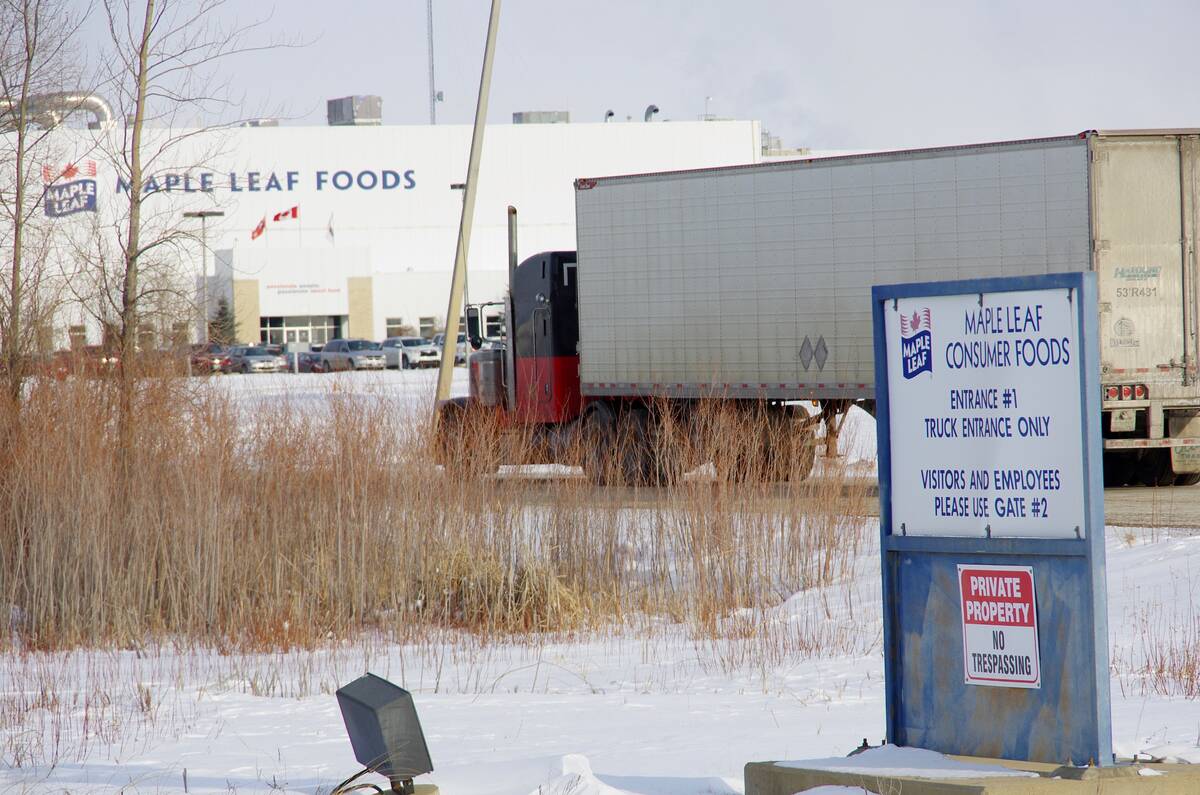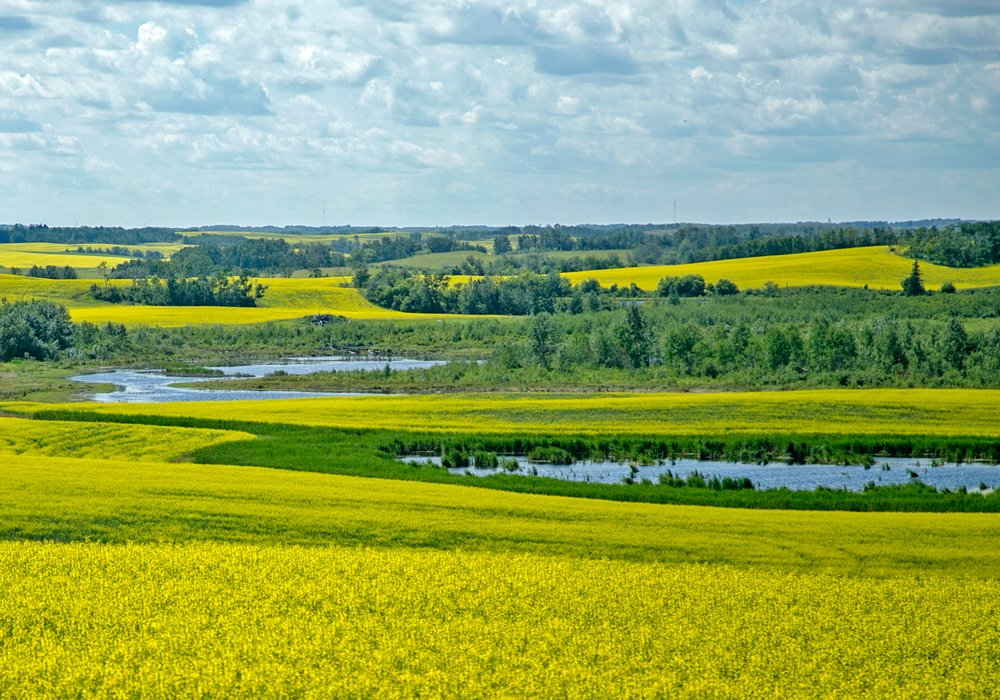Analysts are questioning Agriculture Canada’s forecast for a reduction in canola plantings this year.
It is forecasting 21.7 million acres of the oilseed, a three percent drop from last year’s levels, caused by farmers shifting into growing more cereal crops.
MarketsFarm analyst Bruce Burnett can’t see that happening.
“New crop cash pricing around that $18 to $19 per bushel mark is attractive,” he said.
He agrees that acres may drop in the drought-stricken regions of the southern Prairies, but they will be up in the more traditional northern canola growing areas.
Read Also

Manitoba pork exports gain new market ground
Manitoba’s pork trade pivoted from China over the last five years, while Japan is remains the largest customer and South Korea and Mexico market footholds have grown
Burnett is forecasting a three to five percent increase in overall plantings.
But a lot will depend on the spring weather. If it is extremely hot and dry, the Agriculture Canada forecast could come to fruition.
“Establishment is so important for canola, and I think farmers are going to pay a lot of attention to that this year,” he said.
The small-seeded crop needs good soil moisture for proper emergence and establishment.
“Once the crop is established the current varieties are fairly tolerant of drought,” said Burnett.
Agriculture Canada is forecasting an average yield of 41.2 bushels per acre, which would be well above last year’s 25 bu. per acre crop and in line with the 2016-20 average of 41.6 bu. per acre.
That would result in 20.2 million tonnes of production, the third highest on record.
Burnett thinks it is a stretch to be forecasting average yields in 2022 given the current soil moisture status.
“Read Les Henry’s Grainews article this week and look at the chart,” he said.
Henry’s stubble soil moisture map shows that almost the entire prairie crop-growing region was rated either dry or very dry as of Nov. 1.
Burnett said another six weeks of hot and dry weather from mid-June through the end of July would almost certainly result in another short crop.
“We don’t have a lot of room for comfort in this (scenario), so putting in trend yields right now is a bit brave,” he said.
Marlene Boersch, managing partner of Mercantile Consulting Venture, is forecasting a seven percent increase in canola planting to 22.5 million acres. That is nearly one million acres more than Agriculture Canada’s estimate.
However, her production number is even higher than Agriculture Canada’s at 20.9 million tonnes. It is based on average yields, but she acknowledged that is likely optimistic because history shows there is often a yield hangover after a drought year.
Boersch is forecasting 1.57 million tonnes of carryout, which is substantially higher than Agriculture Canada’s 700,000 tonnes.
Agriculture Canada said its forecast is sensitive to several key factors, including the rate of growth in the renewable diesel sector, global production of alternative oilseed crops and Chinese oilseed demand.
















